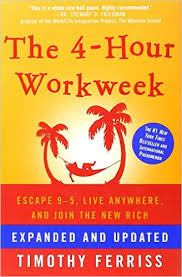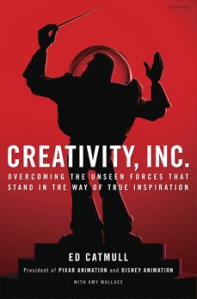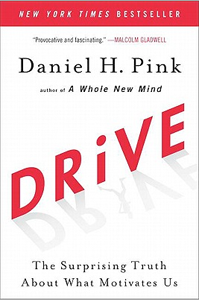
Title: Noise: A Flaw in Human Judgment
Authors: Daniel Kahneman, Olivier Sibony, and Cass R. Sunstein
Genre: Business
Trigger Warnings: Sexism (mentions), racism (mentions)
Read To: 16%
Back Cover:
Imagine that two doctors in the same city give different diagnoses to identical patients—or that two judges in the same courthouse give markedly different sentences to people who have committed the same crime. Suppose that different interviewers at the same firm make different decisions about indistinguishable job applicants—or that when a company is handling customer complaints, the resolution depends on who happens to answer the phone. Now imagine that the same doctor, the same judge, the same interviewer, or the same customer service agent makes different decisions depending on whether it is morning or afternoon, or Monday rather than Wednesday. These are examples of noise: variability in judgments that should be identical.
In Noise, Daniel Kahneman, Olivier Sibony, and Cass R. Sunstein show the detrimental effects of noise in many fields, including medicine, law, economic forecasting, forensic science, bail, child protection, strategy, performance reviews, and personnel selection. Wherever there is judgment, there is noise. Yet, most of the time, individuals and organizations alike are unaware of it. They neglect noise. With a few simple remedies, people can reduce both noise and bias, and so make far better decisions.
Packed with original ideas, and offering the same kinds of research-based insights that made Thinking, Fast and Slow and Nudge groundbreaking New York Times bestsellers, Noise explains how and why humans are so susceptible to noise in judgment—and what we can do about it.
Review:
And we continue the trend of me only picking up business books on accident!
To be fair, though, the back cover doesn’t really hint that this book is a business book, targeted more towards upper management and CEOs than the average me trying to learn to think better. So if you’re hoping this book will explain the concept of noise and how you can avoid it to make better judgements in your personal life, I’ve just saved you 13-ish hours because it isn’t.
Here is a brief illustration of how it feels to read this book.
- So what is noise?
- Bad. Noise interfering with business decisions can cost your company a lot of money.
- But what is it?
- Noise is separate from bias, but it isn’t as overtly obvious, and it can have a huge impact on business processes.
- Can you give me a definition of “noise”?
- Most people don’t even realize noise exists, let alone how it interferes with their judgments!
- Just tell me what noise is!
- Oh, this book isn’t about that. This book just has a bunch of numbers about how bad noise is for your business’s bottom line.
I read 16% of this book, which is about 62 pages, and I’m still not really sure what noise is. I am sure, though, that the authors think it’s really bad for businesses and they have a LOT of studies and numbers and p-values and other things that I don’t understand but make me wish I had taken a statistics class in college.
Imagine, for a moment, you’re at a dinner party and you are seated next to an elderly professor. To be polite, you ask him what he’s currently researching. Then, obviously very pleased with himself, the professor begins telling you about his work in excruciating detail, everything from “n=” to “et al,” and proceeds to follow you around the rest of the night explaining this research with the air of being proud of himself for discovering this great amazing thing and imparting the wisdom on you even though there’s so many words flying at you you’re not even sure what language it’s in anymore. That’s what it feels like to read this book.
I’m pretty sure the authors were trying to say something. Perhaps they wanted to make a point, or even explain an idea. But there were just so many words involved that whatever they were trying to say, if they were trying to say anything at all, got lost as my eyes glazed over and I let the avalanche of words pour over me as I contemplated why this book had to be longer than a few pages. I’m not entirely sure if this book is targeted towards social scientists or CEOs, but I know it’s definitely not targed towards me.



